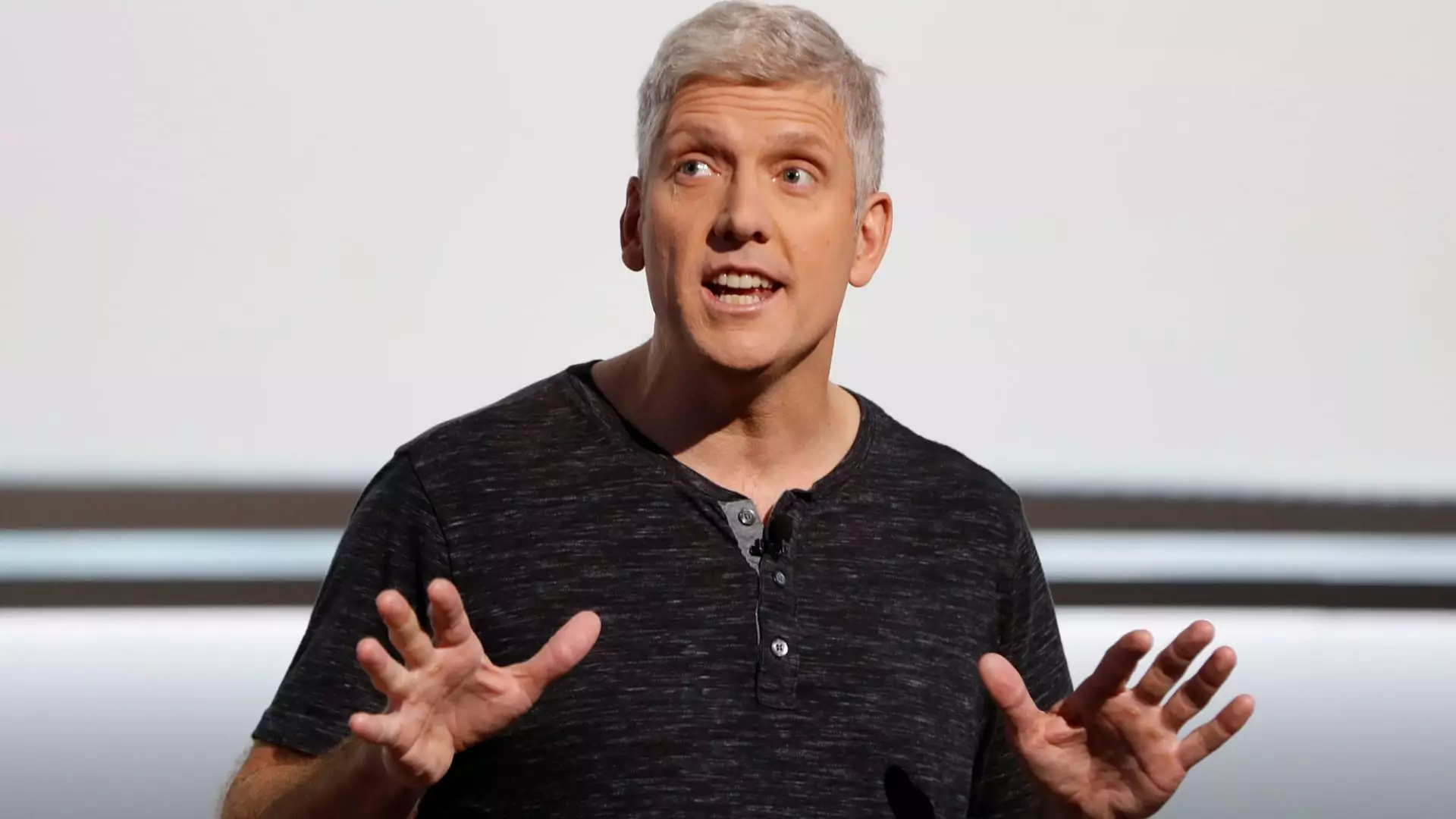In a strategic move signaling potential workforce restructuring, Google has begun offering voluntary buyouts to employees within its “Platforms and Devices” division. This initiative, which impacts a large workforce of over 25,000 individuals primarily engaged in products such as Android, Chrome, Google Photos, and Pixel, raises critical questions about the company’s future direction and its commitment to innovation amidst looming financial pressures. As companies like Google pivot towards greater reliance on artificial intelligence (AI), understanding the implications of such decisions is essential for employees, stakeholders, and the broader technology landscape.
Rick Osterloh, Senior Vice President of Platforms and Devices, communicated to employees the details of the voluntary exit enrollment through a memo. This program is exclusive to full-time U.S. employees within the unit, and it allows those who feel out of sync with the evolving focus of the division to exit with a financial severance package. Notably, Osterloh emphasizes that this initiative is deemed a crucial next step towards enhancing operational efficiency within the division. The enrollment period extends until February 20, with notifications regarding acceptance slated for March 25. This opportunity provides employees with a choice, offering a respectful alternative to the more abrupt layoffs experienced in many tech firms.
Despite not being the primary revenue generator like Google’s search advertising, Platforms and Devices has shown promising financial growth, contributing $10.66 billion in revenue during the third quarter, a significant increase year-over-year. However, the ongoing emphasis on AI reveals a shift in priorities. New CFO Anat Ashkenazi has flagged cost-cutting as a top priority, aligning with Google’s strategy to channel more resources into its AI infrastructure moving into 2025. As companies increasingly pivot towards AI, understanding this strategic shift beyond mere cost reductions is critical. Are job roles within Platforms and Devices aligning with this new focus, or are they facing redundancy?
While some employees have expressed contentment over the choice of buyouts, perceiving it as a more humane approach than immediate layoffs, others remain anxious about the prospect of workforce reductions. An internal petition circulating under the title “job security” underscores the deeper feelings of uncertainty among employees. The gesture for voluntary buyouts echoes their desire for a considerate approach from the management. Employees have voiced appreciation for the initiative, praising Osterloh for leading the charge on voluntary exits—an option they believe reflects empathy and respect for their career paths.
In addition to the buyouts, Google’s recent acquisition of some engineering talent from HTC Vive illustrates its intention to accelerate development in the burgeoning field of virtual reality (VR) and augmented reality (AR). This acquisition reflects a broader trend within technology firms, where the race to develop innovative products with AI and VR capabilities seems to be heating up. Despite potential roadblocks like rising tariffs on imports, Google’s commitment to expanding its technological prowess remains steadfast.
This forward-looking investment in talent aims to enhance the Android XR platform, weaving together various device ecosystems. As Google strengthens its foothold in VR, it raises further questions about the future roles of existing Platforms and Devices employees. Will they find themselves integrated into emerging projects, or are they facing a more uncertain destiny?
The voluntary buyouts offered by Google within its Platforms and Devices division present a complex landscape for employees navigating through change. While the program provides an opportunity for those unsatisfied with their current roles or work demands, it also signals a shift towards more specialized focus areas as Google leans heavily into artificial intelligence and related technologies.
As the tech giant strategizes to maintain its competitive edge amid evolving market dynamics, it must ensure that the remaining workforce feels valued and crucial to the company’s mission. Striking a balance between cost-efficiency and employee well-being will be vital for fostering morale and sustaining innovation in the long run. In this transformative phase, observing how Google manages this delicate balance will be key in shaping the future of its Platforms and Devices division.

